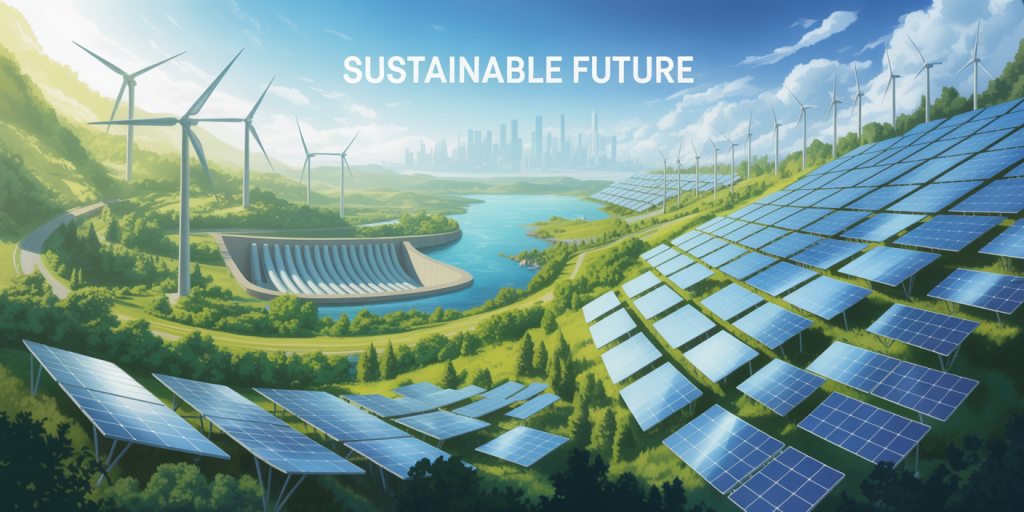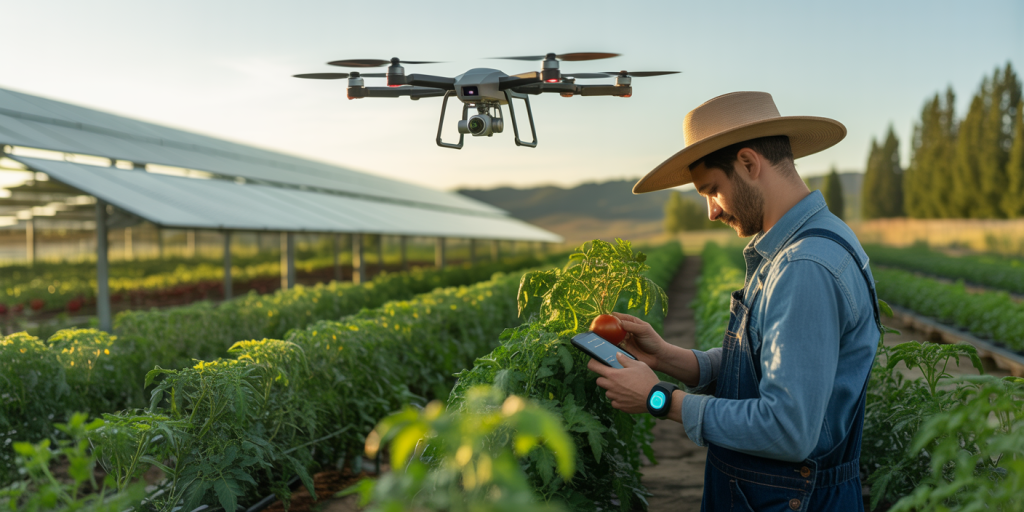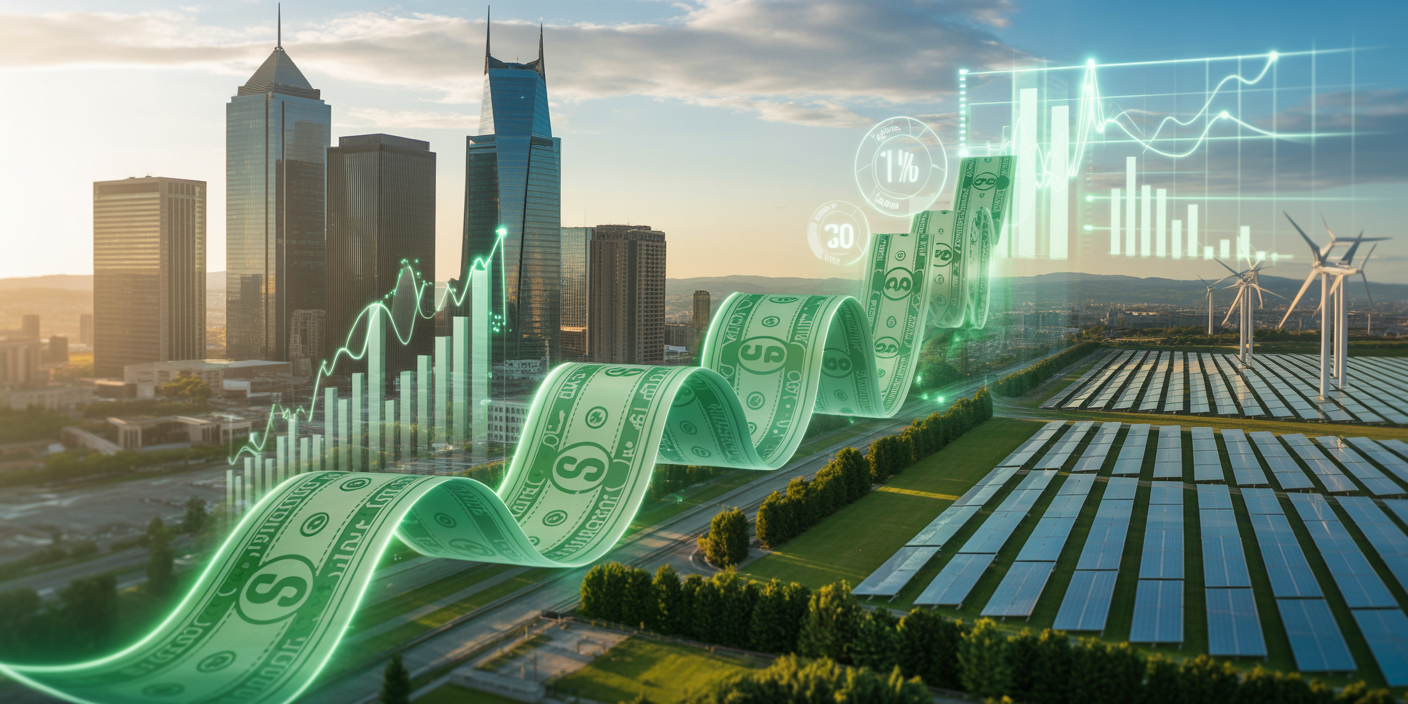The urgency to address the climate crisis has shifted the global investment landscape towards sustainability and environmental responsibility. Investing in a greener future is no longer just a moral imperative; it has become an economic necessity and an opportunity for smart growth. As governments enact stricter regulations and consumers increasingly demand eco-conscious products and services, the capital flow into green technologies, renewable energy, and sustainable agriculture is rapidly expanding. This article explores various facets of green investing, highlighting practical examples, industry impacts, and future prospects.
The Rise of Green Investment: Setting the Stage
In recent years, green investment has seen exponential growth. According to the Global Sustainable Investment Alliance (GSIA), sustainable investing assets under management reached $35.3 trillion globally in 2020, a 15% increase from 2018. This upward trend is fueled by growing awareness of environmental risks, the potential for long-term financial returns, and global policy commitments such as the Paris Agreement.
A significant driver behind this surge is the rise of Environmental, Social, and Governance (ESG) criteria used by investors to evaluate companies. Firms committed to reducing carbon footprints and enhancing sustainability practices tend to attract larger investments. For instance, BlackRock, the world’s largest asset manager, announced in 2020 that sustainability would be its new standard for investing and divested from companies producing more than 25% of their revenue from thermal coal.
Renewable Energy: Powering Green Investment
Renewable energy investment remains a cornerstone of the green economy. Solar, wind, and hydropower projects represent some of the most significant opportunities for environmentally responsible investing. The International Renewable Energy Agency (IRENA) estimated that global renewable energy capacity additions reached 260 gigawatts (GW) in 2020, a 45% increase compared to 2019.

Practical examples include companies like NextEra Energy, the largest producer of wind and solar energy in the United States, whose stock has consistently outperformed traditional energy firms over the past decade. In 2023, NextEra reported a 12% increase in net income, attributed largely to expanded renewable capacity and cost efficiencies.
Governments also play a critical role by offering subsidies and incentives for clean energy. The European Union’s Green Deal, for instance, plans to mobilize over €1 trillion in sustainable investments by 2030, focusing heavily on renewables.
| Renewable Energy Type | Global Capacity Additions (2020, GW) | Investment Growth Rate (2019-2020) |
|---|---|---|
| Solar | 127 | 25% |
| Wind | 111 | 18% |
| Hydropower | 22 | 10% |
| Others (Biomass, Geothermal) | 10 | 7% |
(Source: IRENA 2021 Report)
Sustainable Agriculture: Feeding the Future Responsibly
Agriculture accounts for nearly 24% of global greenhouse gas emissions, making sustainable farming practices crucial for reducing environmental impacts. Investing in sustainable agriculture technologies and initiatives is gaining momentum due to the dual goals of enhancing food security and preserving ecosystems.

One practical approach is the rise of precision agriculture, which employs data analytics, IoT sensors, and drones to optimize crop yields while reducing water, fertilizer, and pesticide usage. Companies like Deere & Company have integrated these technologies into their precision farming solutions, enabling farmers to make informed decisions that boost productivity and sustainability.
Another example is the growth of plant-based food industries, which reduce reliance on animal agriculture, a major source of methane emissions. Beyond Meat, a leading plant-based meat producer, saw its shares soar following its IPO in 2019, signaling investor confidence in sustainable food alternatives.
Government-backed programs, such as the U.S. Department of Agriculture’s Conservation Stewardship Program, incentivize farmers to adopt practices like cover cropping and no-till farming, contributing to soil health and carbon sequestration.
| Sustainable Agriculture Practice | Environmental Benefit | Investment Trends (2020-2023) |
|---|---|---|
| Precision Agriculture | Reduced fertilizer/water use | 30% annual growth in funding |
| Cover Cropping | Soil carbon sequestration | Expansion in government subsidies |
| Plant-Based Foods | Lower GHG emissions per calorie | Market value growth >20% annually |
(Source: FAO, AgFunder Insights)
Green Bonds: Financing Sustainable Development
Green bonds are fixed-income securities earmarked specifically to raise funds for climate and environmental projects. Since their inception, green bonds have become a popular financing mechanism to channel capital into sustainable infrastructure and technology.
According to the Climate Bonds Initiative, the global green bond market exceeded $500 billion in outstanding issuance by the end of 2021, growing by 78% from 2020. These bonds are issued by governments, municipalities, and corporations, providing investors with the dual benefit of steady returns and positive environmental impact.
A notable case is the World Bank’s green bond program, which uses proceeds to finance renewable energy projects, water management systems, and pollution control initiatives in developing countries. For example, proceeds from a $1 billion green bond issued in 2020 were directed towards solar power projects in Sub-Saharan Africa, contributing to improved energy access and economic development.
Corporations such as Apple and Tesla have also issued green bonds to fund green infrastructure and clean technology innovations. Apple’s 2021 $2.2 billion green bond issuance is earmarked for renewable energy installations and energy efficiency in its global supply chain.
| Issuer Type | Market Share (2021) | Main Use of Funds | Average Yield (%) |
|---|---|---|---|
| Sovereign/Government | 44% | Renewable energy, public transit | 1.2 – 2.5 |
| Corporate | 41% | Energy efficiency, clean tech | 2.0 – 3.5 |
| Supranational | 10% | Climate adaptation, water projects | 1.0 – 2.0 |
| Municipal | 5% | Green buildings, waste management | 1.5 – 3.0 |
(Source: Climate Bonds Initiative)

Corporate Sustainability: Transforming Business Models
An increasing number of corporations are embedding sustainability into their core strategies, recognizing the value of green investment in enhancing brand reputation, reducing risks, and accessing new markets. Environmental sustainability initiatives range from implementing circular economy principles to transitioning toward carbon neutrality.
Companies like Unilever have set ambitious targets such as achieving net-zero emissions by 2039 and sourcing 100% recyclable packaging by 2025. This alignment with green investment principles has attracted both socially responsible investors and consumer loyalty.
Moreover, tech giants such as Microsoft have committed to removing all carbon emissions the company has ever produced by 2050. These initiatives often require significant upfront capital investment but lead to long-term cost savings and increased operational resilience.
The shift toward corporate sustainability is also reflected in stock market performance. Research from Morgan Stanley indicates that sustainable equity funds outperformed their traditional counterparts by 4.3% over a five-year period ending in 2022, illustrating that responsible business practices can coexist with strong financial returns.
Future Perspectives: Scaling Up for Climate Resilience
The future of green investment is poised for rapid expansion driven by technological innovation, policy frameworks, and investor demand. Emerging sectors such as green hydrogen, carbon capture and storage (CCS), and smart grids present promising frontiers for capital allocation.
Green hydrogen, produced using renewable electricity to split water, is heralded as a potential game-changer for decarbonizing heavy industry and transportation. The Hydrogen Council predicts that by 2050, green hydrogen could account for 18% of the global energy mix, with investments reaching $700 billion annually.
Similarly, CCS technology aims to capture carbon dioxide emissions from industrial sources and store them underground, enabling industries with hard-to-abate emissions to reduce their carbon footprint. Investments in CCS are increasing, with projects in Canada and Norway showing early success in large-scale deployment.
Smart grids equipped with advanced sensors and AI-powered management systems optimize energy distribution and integrate distributed renewables and electric vehicles, enhancing grid resilience and efficiency.
Government commitments also signal sustained growth in green investing. For instance, the Biden administration aims to mobilize $2 trillion over four years toward clean energy and infrastructure, expecting to create millions of green jobs.
| Emerging Green Technology | Estimated Market Size by 2030 | Investment Drivers | Challenges |
|---|---|---|---|
| Green Hydrogen | $300 billion | Decarbonization of heavy industries | High production cost, infrastructure need |
| Carbon Capture & Storage | $120 billion | Industrial emission reduction | Regulatory uncertainty, storage risks |
| Smart Grids | $90 billion | Energy efficiency, demand management | Cybersecurity concerns, investment scale |
In conclusion, investing in a greener future is a multifaceted endeavor, encompassing renewable energy, sustainable agriculture, innovative financing mechanisms like green bonds, and corporate sustainability transformations. With the aid of technological advancements and strong policy support, these investments offer promising financial returns while fostering environmental stewardship and socio-economic resilience. As the planet faces mounting climate challenges, the integration of sustainability into investment strategies will remain essential for achieving a brighter and cleaner future.

Deixe um comentário